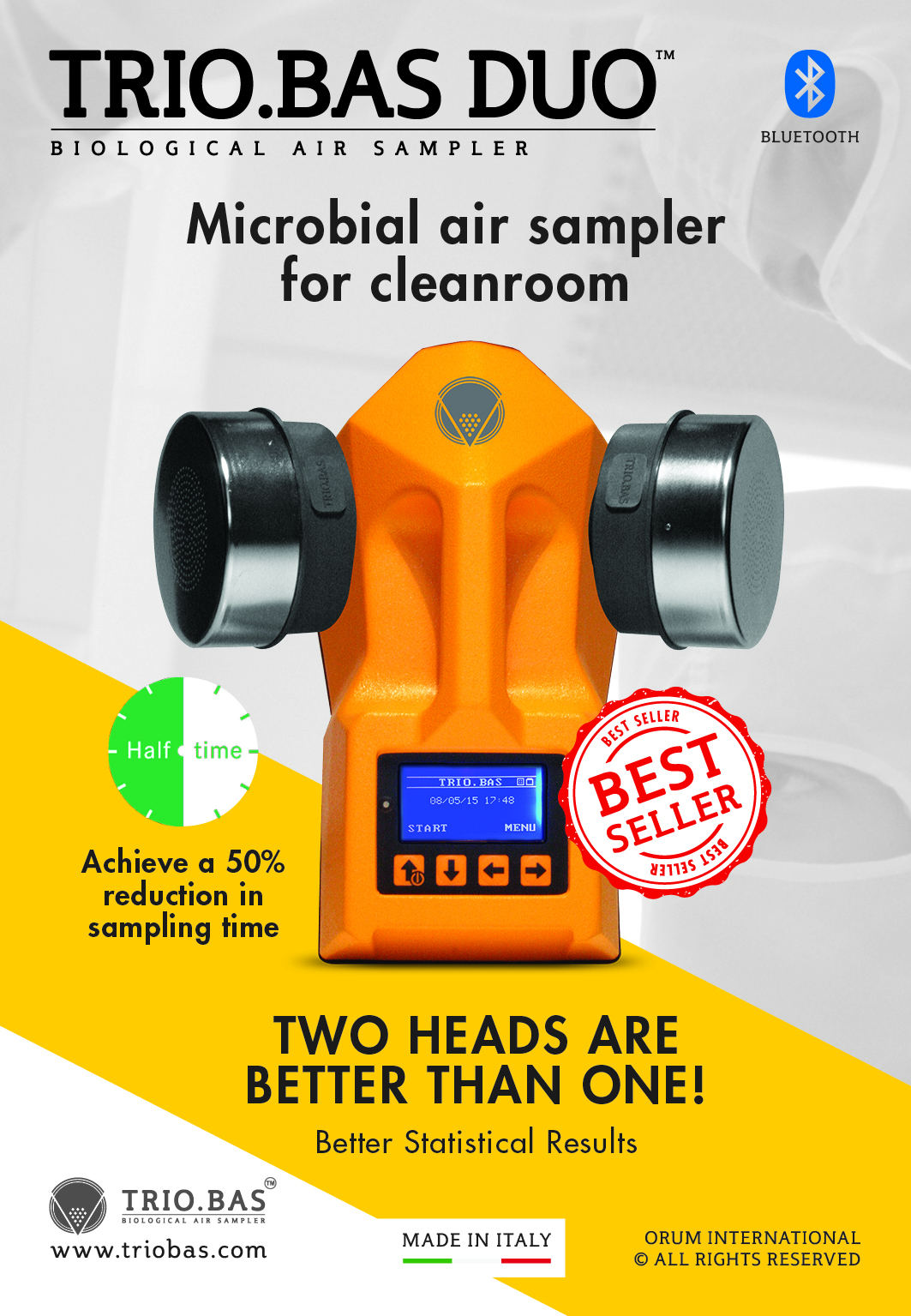The Art of Handwashing
We are all taught at an early age of the importance of washing your hands. The best practice is to wash your hands as often as possible with warm soapy water for approximately 20 seconds and dry with clean paper or cloth towels.
Unfortunately, this can be completed poorly or simply missed at food establishments that are understaffed, don’t stress the importance of handwashing or are poorly designed. Here are some examples of conditions that are observed in relation to handwashing.
As you might expect during a busy lunch rush, simply watching staff as they serve customers is a good start. Let’s use a deli as an example.
– The sink appears to be fully stocked and to be used frequently.
– There doesn’t appear to be evidence of food debris in or around the sink. Therefore, they are just using it for handwashing not for food prep.
– The staff is using gloves and washing their hands between the processes of making a sandwich and handling money. Some facilities take things even one step further and have multiple employees limited to a specified process.
These are things to watch for and expect. If a person does not wash their hands after handling money or is not wearing gloves as they handle ready-to-eat foods, this would be considered a violation and should be documented on an inspection report. If an employee is preparing food, they should not be touching there face, hair or other body parts without first washing their hands. Customers should be able to address this behavior or find another place to eat.
But what happens when food preparation doesn’t occur in the front of the facility. In most facilities, the kitchen is rarely seen, it may have newspaper over the windows or even be in the basement. You have no idea who is making your food or where the nearest hand sink is. As inspectors, we make regular inspections of these areas and observe whether proper maintenance, cleaning and use of good handwashing practices are being implemented. Most health departments require that food establishments have a hand sink reserved exclusively for handwashing. Often, we find hand sinks that appear to not have been used for some time. If the sink works, it may be leaking, the drain may not be properly installed, the water was have poor pressure or not be hot. Other times, the sink may be filled with kitchen utensils or food debris. There are also examples where the sink may be working perfectly, but not have any soap or paper towels available. Finally, some places simply don’t use the hand sink at all. Some places use a three-compartment sink, which should be used exclusively for cleaning of dishes, not a quick rinse and dry on a soiled towel or apron.
Overall, most places are making good efforts to practice proper hygiene and hand-washing. However, being aware of these finding can help you to be better informed about food safety. As always, if you have doubts about a facility, you can ask for inspection reports from your local health department, as these are available to the public. I also suggest speaking with the manager/owner to find out directly about the quality of their products.
By Paul Taylor
Fonte: Food Safety Magazine

















